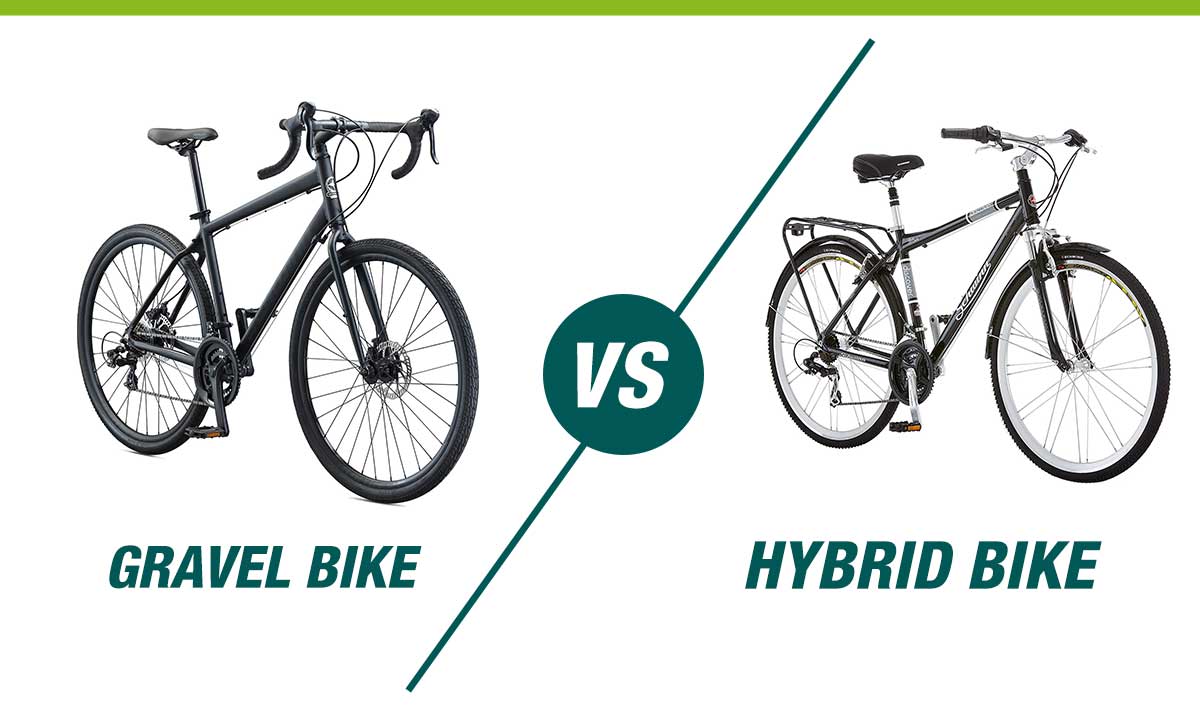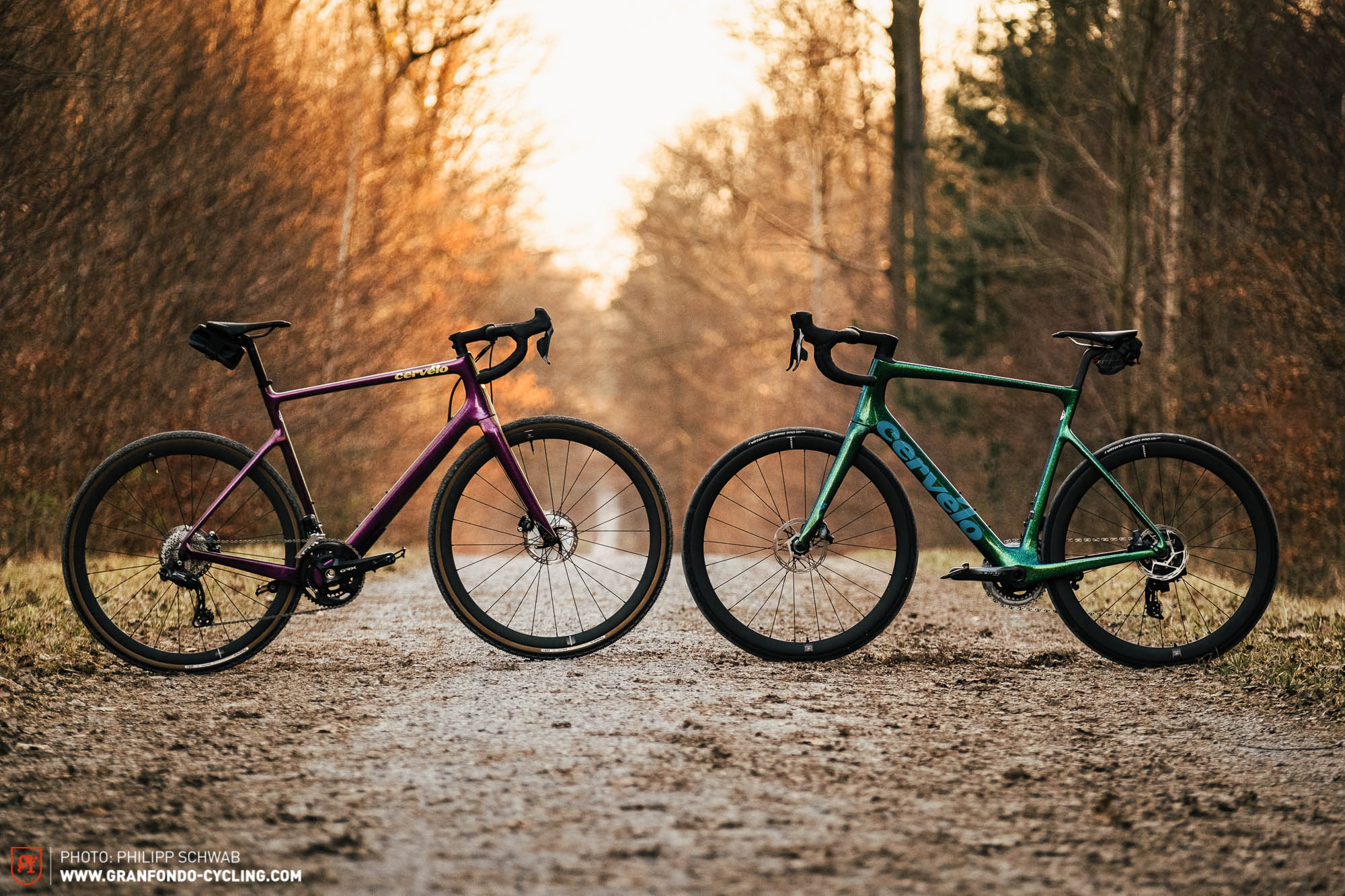Gravel bike vs touring bike, a debate that sparks curiosity among cycling enthusiasts. These two bike types, each tailored for distinct riding experiences, present unique characteristics that cater to different needs and preferences. Join us as we delve into the intricacies of gravel bikes and touring bikes, exploring their design, capabilities, and suitability for various riding styles.
From exploring rugged trails to embarking on extended expeditions, understanding the nuances of these bikes empowers you to make an informed choice that aligns with your cycling aspirations.
Frame Design
Gravel bikes and touring bikes have distinct frame designs that cater to their specific purposes. Let’s explore these differences and the materials used in their construction.
Geometry
- Gravel Bikes:Designed for off-road riding, gravel bikes have a more aggressive geometry than touring bikes. They feature a shorter wheelbase and steeper head angle for improved handling and maneuverability on rough terrain.
- Touring Bikes:Intended for long-distance travel, touring bikes have a longer wheelbase and slacker head angle. This provides stability and comfort for extended periods of riding, even when carrying heavy loads.
Materials
- Steel:Durable and affordable, steel is a popular choice for both gravel and touring bikes. It offers a smooth ride quality but is heavier than other materials.
- Aluminum:Lightweight and corrosion-resistant, aluminum frames are often used in gravel bikes. They provide a stiff and responsive ride but can be less comfortable on rough roads.
- Carbon Fiber:The most advanced and expensive material, carbon fiber offers exceptional stiffness, lightness, and vibration dampening. It is commonly found in high-end gravel and touring bikes.
Tire Size and Type
Tire size and type play a significant role in the handling, traction, and comfort of gravel bikes and touring bikes. Both types of bikes typically use wider tires compared to road bikes, providing increased stability and grip on rough terrain.
Tire Width
Gravel bikes typically use tires ranging from 35mm to 45mm in width, while touring bikes often use tires between 32mm and 40mm. Wider tires offer better traction and stability on loose surfaces like gravel and dirt. They also provide a more comfortable ride by absorbing vibrations from the road.
Tread Pattern
The tread pattern on the tires also affects performance. Gravel bikes often use tires with a more aggressive tread pattern, designed to provide grip on loose surfaces and in wet conditions. Touring bikes, on the other hand, typically use tires with a less aggressive tread pattern, prioritizing rolling efficiency on paved roads.
Gearing
Gearing is a crucial aspect that differentiates gravel bikes and touring bikes. The range of gears available on these bikes significantly influences their climbing ability, speed, and overall efficiency.Gravel bikes typically feature a wider range of gears than touring bikes, with a focus on lower gear ratios for tackling steep inclines.
This allows gravel riders to maintain a comfortable cadence while ascending challenging terrain. Touring bikes, on the other hand, often prioritize higher gear ratios to facilitate faster cruising speeds on flat or gently rolling roads.
Gear Ratios
Gear ratios are expressed as a fraction, representing the number of teeth on the chainring divided by the number of teeth on the cassette. Lower gear ratios (e.g., 1:1) provide more torque for climbing, while higher gear ratios (e.g., 3:1) allow for faster speeds.
The diagram shows part of the rock cycle. The rock cycle describes how rocks are formed, broken down, and reformed over time. The cycle begins with the formation of igneous rocks, which are formed when magma or lava cools and solidifies.
Igneous rocks can then be broken down by weathering and erosion into sediments, which are then transported by water or wind. These sediments can eventually become sedimentary rocks, which are formed when sediments are compacted and cemented together. Sedimentary rocks can also be metamorphosed into metamorphic rocks, which are formed when rocks are subjected to high temperatures and pressures.
Gear Ratio Formula: Gear Ratio = Number of Teeth on Chainring / Number of Teeth on Cassette
Gravel bikes commonly have gear ratios as low as 1:1 or even lower, enabling riders to tackle steep climbs with ease. Touring bikes, while still offering a range of gears, may have a highest gear ratio of around 2.5:1, which is suitable for maintaining speed on flat terrain.
Braking Systems: Gravel Bike Vs Touring Bike

Braking systems play a crucial role in ensuring safety and control on gravel and touring bikes. Both types of bikes use either rim brakes or disc brakes, each with its own advantages and drawbacks.
Rim Brakes
- Rim brakes utilize pads that clamp onto the rim of the wheel to slow it down.
- Advantages:Lighter weight, lower cost, easier to maintain, and more aerodynamic.
- Disadvantages:Less powerful than disc brakes, can be affected by wet or muddy conditions, and can wear down the rim over time.
Disc Brakes
- Disc brakes use calipers that squeeze brake pads against a rotor attached to the hub, providing more powerful and consistent braking.
- Advantages:More powerful and reliable braking, less affected by wet or muddy conditions, and do not wear down the rim.
- Disadvantages:Heavier weight, higher cost, more complex maintenance, and less aerodynamic.
Ultimately, the choice between rim brakes and disc brakes depends on the intended use and personal preferences. For riders prioritizing weight savings and simplicity, rim brakes may be a suitable option. However, for those seeking maximum braking performance and reliability, disc brakes are the preferred choice.
Load Capacity
Gravel bikes and touring bikes differ significantly in their load-carrying capacities. Touring bikes are designed for long-distance travel and can handle heavy loads, while gravel bikes are primarily designed for off-road riding and can carry lighter loads.The main difference between the two types of bikes is their frame design.
Touring bikes have a stronger frame that is designed to support the weight of a rider and their gear. They also have more braze-ons for mounting racks and panniers, which are essential for carrying large loads. Gravel bikes, on the other hand, have a lighter frame that is designed for speed and agility.
They typically have fewer braze-ons for racks and panniers, and their frames are not as strong as touring bikes.As a result of these differences, touring bikes can carry much more weight than gravel bikes. A typical touring bike can carry up to 50 pounds of gear, while a gravel bike can typically carry up to 25 pounds of gear.If you are planning on carrying a lot of gear on your bike, it is important to choose a touring bike.
However, if you are only planning on carrying a light load, a gravel bike may be a better option.
Types of Racks and Panniers
There are a variety of different racks and panniers that can be used to increase the load capacity of a bike. Racks are mounted to the frame of the bike and provide a platform for attaching panniers. Panniers are large bags that are designed to carry gear.There are two main types of racks: front racks and rear racks.
Front racks are mounted to the front of the bike and are typically used to carry lighter items, such as food and clothing. Rear racks are mounted to the rear of the bike and are typically used to carry heavier items, such as camping gear and tools.There are also a variety of different panniers that can be used to carry gear.
Panniers are typically made from waterproof material and have a variety of features, such as multiple compartments, adjustable straps, and reflective strips.When choosing a rack and panniers, it is important to consider the type of bike you have, the amount of gear you will be carrying, and the type of riding you will be doing.
Riding Position
Gravel bikes and touring bikes offer distinct riding positions that cater to their intended purposes. Gravel bikes prioritize agility and maneuverability, while touring bikes emphasize comfort and stability.Handlebar shape significantly influences riding posture. Gravel bikes often feature flared handlebars that provide a wider grip, enhancing stability and control on rough terrain.
Touring bikes, on the other hand, typically have narrower handlebars that reduce wind resistance and promote a more upright riding position.Saddle design also plays a crucial role. Gravel bikes tend to have narrower saddles that allow for greater freedom of movement and pedaling efficiency.
If you’re using a 2-cycle engine, you’ll need to mix oil with the gas. The ratio of oil to gas is typically 50:1, which means 50 parts gas to 1 part oil. So, if you have a 1-gallon gas can, you’ll need to add 2.6 ounces of 2-cycle oil.
You can use this calculator to figure out the exact amount of oil you need for your engine.
Touring bikes, on the other hand, often have wider saddles with padding for increased comfort during extended rides.Frame geometry further contributes to the riding position. Gravel bikes have shorter reach and stack measurements, resulting in a more aggressive riding position that is suitable for technical terrain.
Touring bikes, with their longer reach and stack measurements, provide a more upright and relaxed riding position for long-distance riding.
Versatility

Gravel bikes and touring bikes offer versatility in riding, catering to different types of terrain and riding styles. Gravel bikes excel on unpaved roads and light trails, while touring bikes are designed for long-distance journeys with heavy loads.
Gravel bikes can be adapted for various terrains by switching tires. Wider tires provide stability on rough surfaces, while narrower tires enhance speed on smoother roads. Additionally, gravel bikes often feature mounts for racks and panniers, allowing riders to carry gear for bikepacking or commuting.
Touring Bikes, Gravel bike vs touring bike
Touring bikes are inherently versatile, designed to handle a wide range of terrains. Their robust frames and wide tires provide stability on rough roads and trails, while their low gears allow riders to tackle steep inclines. Touring bikes also feature ample mounting points for racks and panniers, enabling riders to carry large amounts of gear for extended journeys.
Final Review
In conclusion, gravel bikes and touring bikes represent two distinct approaches to cycling, each offering its own advantages and considerations. Whether you seek adventure on unpaved paths or long-distance journeys with gear, understanding the differences between these bikes will guide you towards the perfect companion for your cycling endeavors.
Essential Questionnaire
What is the key difference between gravel bikes and touring bikes?
Gravel bikes prioritize agility and speed on rough terrain, while touring bikes emphasize stability and load-carrying capacity for extended journeys.
Can gravel bikes be used for touring?
Yes, with modifications such as adding racks and panniers for gear storage, gravel bikes can handle light touring.
Which bike is better for long-distance riding?
Touring bikes are specifically designed for long-distance riding, providing a comfortable and stable platform for carrying gear and tackling various terrains.
